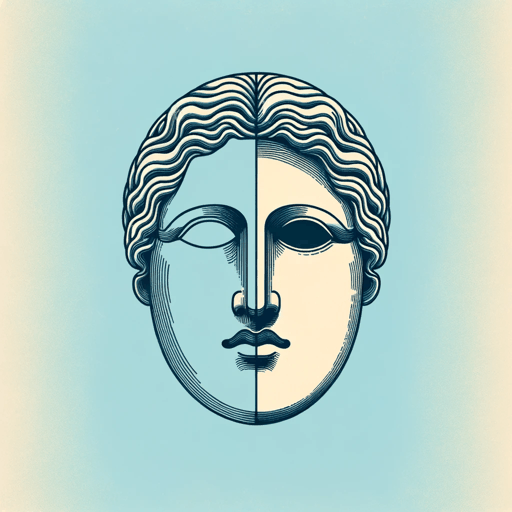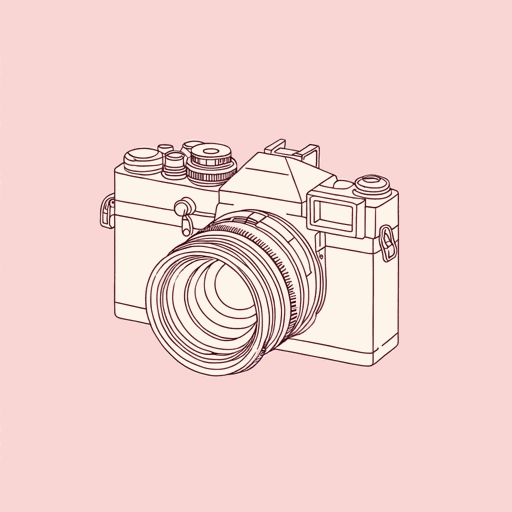46 pages • 1 hour read
Susan SontagOn Photography
Nonfiction | Essay Collection | Adult | Published in 1977A modern alternative to SparkNotes and CliffsNotes, SuperSummary offers high-quality Study Guides with detailed chapter summaries and analysis of major themes, characters, and more.
Background
Sociohistorical Context: Walter Benjamin and Photography
Walter Benjamin’s exploration of art under capitalism is foundational for many modern scholars’ writing on photography. In his seminal essay “The Work of Art in the Age of Mechanical Reproduction,” Benjamin explored the consequences of industrial reproduction on art and images. He concluded that people came to treat art and images like any other commodity because of the ability to reproduce them at a whim—cheap, meaningless items to consume—and that the large-scale reproductive capacity of film and photography removed works of art from their “unique” context of era and place. In addition, Benjamin believed that mechanical reproduction robbed artwork—and experiences—of their authenticity, or “aura,” subjugating their idiosyncratic existence in historical and spatial contexts. Thus, the free-floating art propagated via the “Age of Mechanical Reproduction” turned art objects into easily consumable packets of entertainment and knowledge. Benjamin linked this radical shift in people’s relationship to art and experience to the rise of fascism in 19th-century Europe. He hoped that art could be salvaged by charging it with politicization to resist the appropriation of art objects for mere aesthetic value, which he saw as resulting from fascist influence. In Benjamin’s unfinished magnum opus, The Arcades Project, he explores the birth of photography in 19th-century Paris, reinforcing many of the thoughts and ideas that he first laid out in “The Work of Art.
Related Titles
By Susan Sontag
Featured Collections
Art
View Collection
Beauty
View Collection
Books About Art
View Collection
Business & Economics
View Collection
Challenging Authority
View Collection
Colonialism & Postcolonialism
View Collection
Jewish American Literature
View Collection
National Book Critics Circle Award...
View Collection
Nation & Nationalism
View Collection
Philosophy, Logic, & Ethics
View Collection
Power
View Collection
Sociology
View Collection





